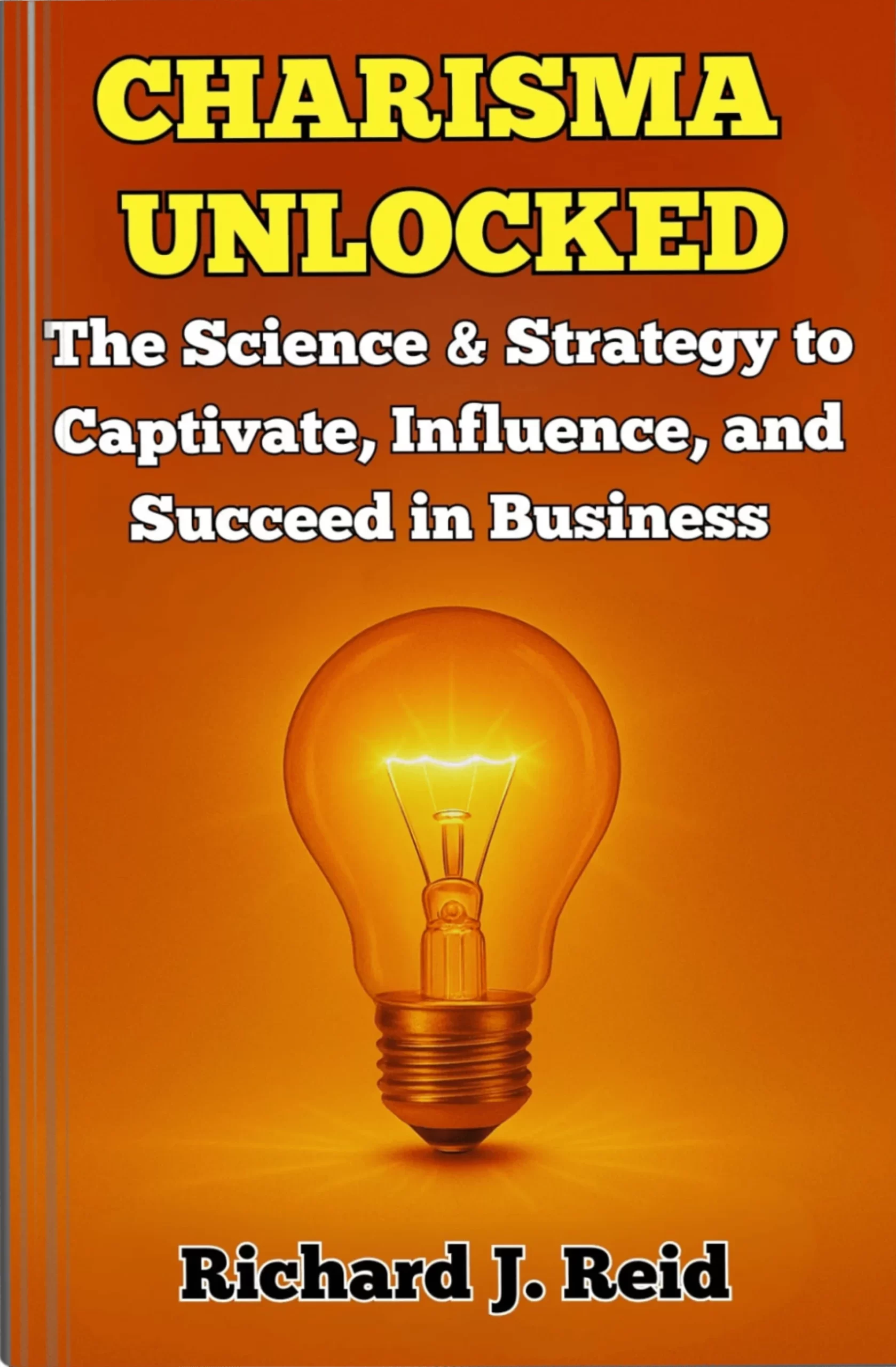You’ve seen the buzz words, you’ve read the articles but what can Brain Hacks for Business actually do for you and your company?
You may see many self-help articles that glorify the words hack and hustle. Well, do you really need to hack your way into productivity? Perhaps you do, especially when you need to hack through the distractions that clutter your brain. After all, clarity is the biggest hack to dilemmas of decision making. You might even be practicing them already. Others might surprise you. These hacks are aimed at helping you build stronger relationships in the business.
Brain hacks for business – starting your day in the right way
Every morning, energise yourself through a routine.
Choose activities that give you joy and reciprocate your efforts with progress. When you garden, some plants will grow with your efforts. When you exercise, you are bound to increase your stamina. Meditation can increase your awareness. And when you cook, you will get better with the flavours and textures of your food. If you can enjoy these improvements, the task will energize you, rather than making you reluctant to leave your bed. Following a morning routine, irrespective of the day, also gives you a sense of freedom that makes you value the role of leading a business.
Be modular with your to-do list:
Deconstruct your long term goals into short term actions and distinguish between the necessary targets and the ideal outcomes. It may sound like a very long write up, but it isn’t. While documenting your plan is always a good thing, if you feel too lazy to do it, break it down into small lists. When you write things down, you are organizing your thoughts and when you revisit your writings, it reduces the clutter in your brain. Look at each list as a small building block to your entire plan and you will write it in such a way. Everyday doesn’t have to be a new beginning of documentation, but a continuation of your plan.
Achieve your repetitive tasks by DWYDN:
There are many tasks in a given business day, that need persistent repetition, more than innovation or ingenuity. Repetitive tasks can range from adding a brick to a wall, an entry to an excel sheet or greeting invitees to an event. While doing such tasks, assess the best way to do it and incorporate it into your DWYDN technique i.e. Do What You’re Doing Now. This way, you remain aware of the micro-aspects of the task without getting burdened by the monotony of repetition.
Adopt the “foot in the door” technique.
This technique works by preparing an individual psychologically for more significant work by giving them a smaller job. It has been proven that the performance of a small request by an individual would increase their likelihood of performing an even bigger task. So, do you have some significant work to give someone? First, give them a smaller job. You may ask them to proofread a document for you. After that, provide them with the work.
Invite Constructive Criticism:
Motivate your customers and employees to provide you constructive feedback, not some customary questionnaire that can be rigged for a quid pro quo. For example, your customers and your employees may be tempted to furnish false information to give each other a good rating in your eyes. This temptation can be a result of their lack of trust on processes and leadership.
When it comes to improving your business, you can establish trust and confidence in your customers and employees by:
- Being open to negative comments.
- Acknowledging the importance of their feedback
- Responding to each criticism by expressing a genuine intent to improve.
- Seeking further participation and inputs from them to arrive at a solution.
Work on developing an impression.
The human mind is fascinating. In most cases, we remember mostly the start and end of events. We may not forget some bits of the middle, but fuzzy. Even when given a list of words, most of the words we will remember are found at the beginning and the end of the list of words.
You can turn this ability of the mind to a business advantage. Make your most important points at the beginning and the end of your presentation. Your audience is likely to remember these points more. And in case there are many presenters, seek to be the first or the last presenter.
First impressions and last impressions have a greater impact on audience reception and recall. When meeting a business contact for the first time, be at your best. Wear an enthusiastic personality with a touch of humility. This impression will win over the attention of your new connection.
Some experimental Brain Hacks for Business:
Use a mirror
Although this is not a fool proof hack, it can be very useful in customer service. Place a mirror behind your customer facing counters. Many customers do not wish to see themselves in distress and they may regulate their temper in front of their own reflection.
Become aware of the Psychology of Colours, Symbols and Interiors
Colours, symbols and your environment can induce different kinds of feelings in different types of people. While the half-truths of fortune tellers may impress you, it is time to upgrade to the psychology behind human behavior. People in marketing and branding use it to design your colour scheme, logo and brand playbook. With the help of mental health experts, you can assess the psychological needs of your employees and redesign your interiors with more stimulating colors and symbols.
When Nervous, Say “I am Excited”
A Harvard Study validates this approach. You can work under high pressure situations by uttering these three words and shifting gears into a mindset that seeks opportunities.
When Stressed, Yawn and Stretch
A study conducted by Loyola Marymount University stipulates that a combination of a few yawns, a slow stretch and casual stroking of your palms can reduce the hyper activeness of the frontal lobe of your brain within a minute.
Before Sleeping, do the 4-7-8 technique
While many entrepreneurs and high functioning individuals claim to have suffered from the inability to regulate their sleep and the resulting lapse in productivity, you can sleep more efficiently by doing the 4-7-8 breathing technique. The brainchild of Dr. Andrew Weil, this technique is based on the practice of pranayama and it involve 4 seconds of inhalation from the nostrils, 7 seconds of holding the breath and 8 seconds of exhaling through the mouth with a woosh sound. It has been observed to calm the nerves, soothe the heart and help you reduce sleeplessness.
Conclusion:
These may be anointed as brain hacks for business but they are simple and effective practices that can become a part of your daily schedule. While you can do these things without supervision, getting guidance from a psychologist can tune them to your mental state, align them with other best practices of mental health and amplify their outcomes.
If you or your organisation would like further advice with regards to workplace psychology or otherwise, please contact me, Richard Reid, on +44 7624 499 511




















